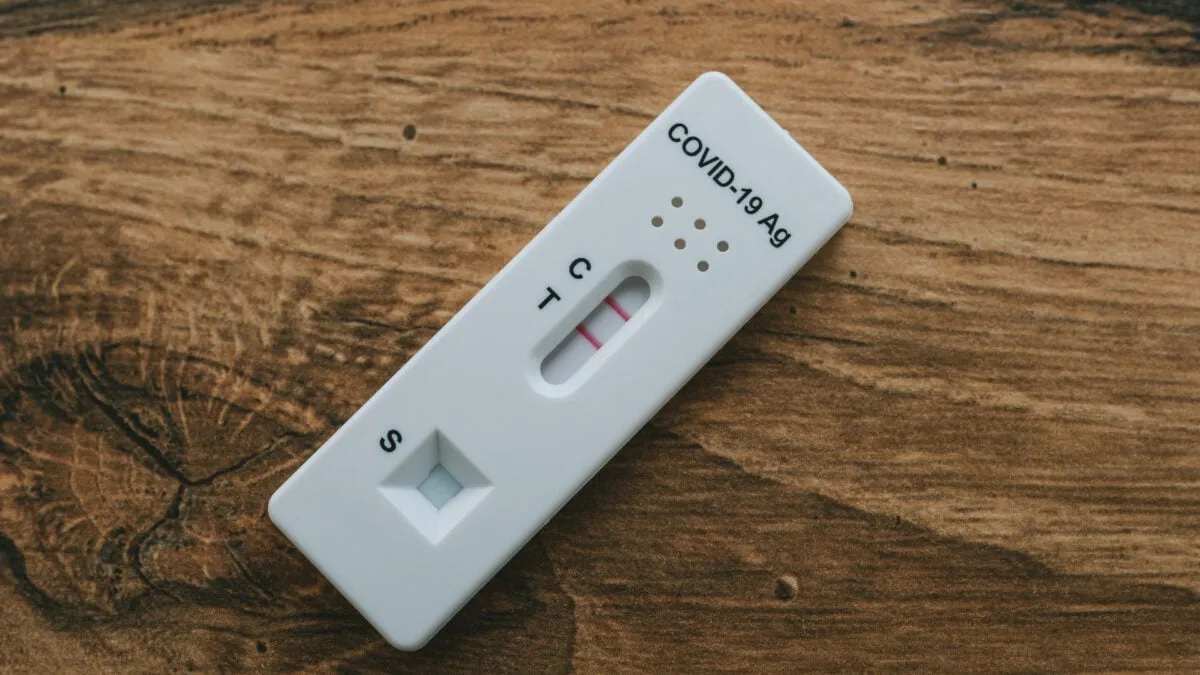
The newest concerning variant of COVID-19, known as NB.1.8.1, is rapidly advancing across the United States. Recent data from the Centers for Disease Control and Prevention (CDC) indicates that this variant has begun to supplant other circulating strains of the coronavirus. According to the CDC’s latest Nowcast, which covers the two-week period ending June 7, NB.1.8.1 is likely responsible for approximately 37% of all COVID-19 cases in the U.S., closely trailing the current dominant variant, LP.8.1, at 38%. This estimate reflects a significant surge in cases of NB.1.8.1 since its initial detection in the country last month.
While it remains uncertain, experts suggest that NB.1.8.1 could lead to a renewed peak of COVID-19 this summer. The World Health Organization (WHO) first recognized NB.1.8.1 as a variant worth monitoring in mid-May, although it was initially detected in late January. Since then, it has emerged as an increasing threat, with WHO data indicating that about a quarter of all global COVID-19 cases are attributed to NB.1.8.1 as of early June. COVID-19 activity has also been rising in various regions worldwide, particularly in parts of Asia, including China, where recent surges in cases and hospitalizations have been linked to this variant.
Despite these global trends, the situation in the U.S. does not appear to be dramatically worsening at this time. As of late last week, the COVID-19 test positivity rate stood at 3%, showing only a slight increase from the previous week. Hospitalizations and deaths related to COVID-19 have remained steady and low. Furthermore, early reports suggest that NB.1.8.1 does not seem to cause more severe illness on average compared to other circulating variants.
Today’s variants, including NB.1.8.1, belong to the Omicron lineage of the virus, indicating that they have not undergone substantial genetic changes. Updated vaccine boosters are still expected to be effective against NB.1.8.1. However, some early evidence suggests that this variant may possess mutations that could enhance its transmissibility, potentially allowing it to become the dominant variant moving forward.
This past winter experienced unusually low levels of COVID-19 circulation in the U.S. and elsewhere, creating concerns that this lull may set the stage for a larger peak this summer. Edoardo Colzani, head of the Respiratory Viruses unit at the European Center for Disease Prevention and Control, commented, “We do not anticipate the NB.1.8.1 variant to pose a greater public health risk than other Omicron-descendant variants, nor do we expect a significant impact on vaccine effectiveness against severe disease.”
Colzani also highlighted that following a winter with low SARS-CoV-2 circulation, population immunity against the virus may have partially waned, especially among older adults and other high-risk individuals. This decline in immunity could increase vulnerability as virus activity rises.
Thanks to widespread vaccination and population immunity, the threat posed by COVID-19 has significantly diminished over time. However, this summer could serve as an unwelcome reminder of the challenges that the virus can still present. Continuous monitoring and preventive measures remain essential as we navigate the evolving landscape of COVID-19 variants.